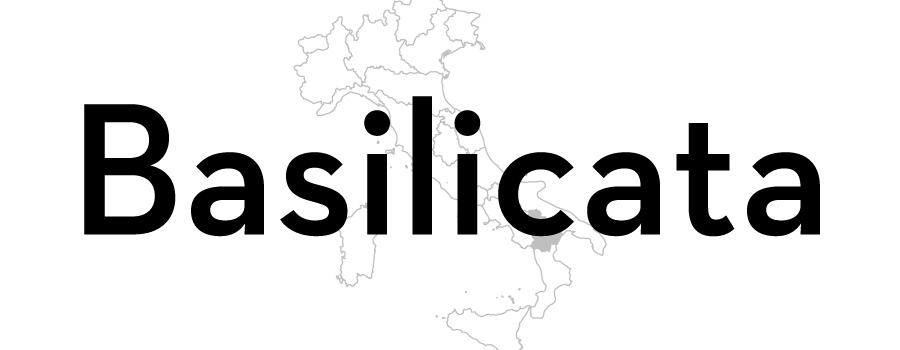
Peperone di Senise: the sweet peppers of Basilicata
Every August long strings of peppers line the streets of Senise, drying in the late summer sun. These long, red, sweet peppers will soon be crushed into ‘Basilicata gold’ – a spice powder that forms the base of many of the southern Italian region’s iconic dishes.
Peperone di Senise: the sweet peppers of Basilicata
Every August long strings of peppers line the streets of Senise, drying in the late summer sun. These long, red, sweet peppers will soon be crushed into ‘Basilicata gold’ – a spice powder that forms the base of many of the southern Italian region’s iconic dishes.
Basilicata is a safe haven for carb-lovers – the region is awash with wonderful pasta and bread – but if you’re looking for the flavour that defines this southerly region, it’s undoubtedly the sweet, smoky scent of the peperone di Senise, or Senise pepper.
There’s no such thing as an indigenous pepper in Italy, or indeed Europe. The peppers that have become so popular here can all be traced back to the New World, where they were famously discovered by Christopher Columbus and then spread across Europe by Spanish merchants and traders in the sixteenth century. The temperate climate in southern Italy made these peppers easy to cultivate, and over the course of six centuries they have become a much-loved staple in places like Calabria, Basilicata and Sicily.
Senise peppers have their origins in the Antilles, but they have since become a recognisable symbol of Basilicata and a cornerstone of the region’s cuisine. They have been grown around the town of Senise since the 1500s; Senise itself sits near the Calabrian border, right next to the enormous Monte Cotugno basin – a man-made lake built in the 1980s that has since become an important wildlife reserve in the Pollino National Park. The construction of Monte Cotugno once threatened the cultivation of Senise peppers, as it took up the majority of their growing area – fortunately farmers relocated most of the peppers to new terrain, and Senise peppers have since been awarded IGP status, meaning that their cultivation in the area is now protected by law.
As for the peppers themselves, they’re typically a ruby red colour and they ripen over the course of the summer, ready for picking in the first two weeks of August. They may look like chillies, but don’t be fooled – Senise peppers are sweet. Instead of fiery heat they boast a wonderful sweetness, along with a pronounced smoky, nutty flavour when dried. Though the fresh peppers are sometimes used to flavour soups and stews, the vast majority of Senise peppers are dried before being consumed. Farmers tie the peppers onto long strings (called serte), threading the string through the stalk of each pepper, then hanging them up to dry outside. Senise peppers have very thin skins and not very much flesh, so they take very little time to dry completely in the baking heat of the Basilicatan sun.
This is the process that transforms these peppers into cruschi – as they’re known locally. Once the peppers are completely sun-dried, they’re fried briefly in oil until they go crunchy and eaten either on their own or as a side dish for fish, roast meat or sausages.
If they’re not cooked as above, Senise peppers will often be dried and then crushed into a pepper powder, which is then used to season all sorts of dishes from soups and stews to pastas and pulses. This is the powder that many refer to as Basilicata gold, or sometimes locally it will be called zafferano as it closely resembles ground saffron. This ground pepper powder forms the base of some of Basilicata’s most famous dishes, including ciammotta – a stew of peppers, aubergine, potato and tomato – and pasta mollica – a typical dish of pasta topped with oil, breadcrumbs and peperoni cruschi.
Senise peppers aren’t easy to get hold of outside of Basilicata – you can buy the peppers dried or crushed online, but better still might be growing your own. The seeds are easily available and if you have a warm spot to grow them in, they should thrive. Either way, the flavour of these distinctive peppers is more than worth the effort.

